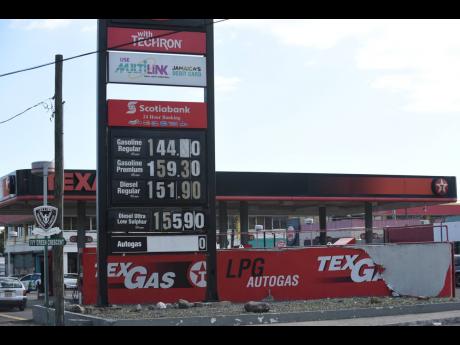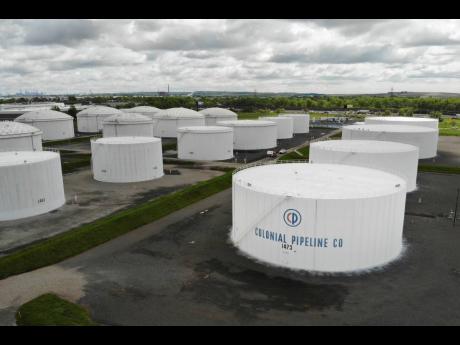Fuel savers … tested, tried and proven
The cost of fuel is expensive and, up to August 2021, prices range from $ 89.00, $92.00, $180.00, $200.00 to $203.00 per litre, depending on where it is sold. “Every week, the price of gasoline goes up and the pocket burns while the tank suffers,” says Jean Bean, sales representative, who commutes daily from Clarendon to Kingston.
Thia Malcolm, surgical technician, who lives in St Andrew, and who frequently visits her mother in Westmoreland, usually spends $10,000 to fill her vehicle’s tank. Now it’s a whopping $16,000. However, the situation cannot be fixed overnight.
“Eliminate unnecessary trips,” says Dr. Ewan Williams, senior education officer, Ministry of Education, Youth and Information. He explained that motorists should: target the downtime when the traffic is less, go to petrol stations where the prices are reasonable, do several errands in one trip, and combine their trips with those of friends, co-workers and neighbours.
Carpooling is another way to organise and cut economic costs. Paul Lattibeaudire, a Florida resident, says, from his experience, proper car maintenance is key, less speeding, and turning off the AC while driving during cool weather, are proven fuel-saving strategies.
Other fuel-saving strategies:
1. If possible, select the least travelled and least crowded daily route.
2. Drive at a smooth pace by looking ahead and adjusting to traffic. Avoid stop-and-go driving.
3. Accelerate moderately from a stop to the speed you plan to use.
4. Use public transportation, if possible.
5. Avoid riding the brake. Extra power is needed to move the car.
6. Take advantage of legal left and right turns on red, rather than wait with the engine idling. An idling engine wastes fuel.
7. Avoid racing the engine while waiting for a light or gap in traffic.
8. Choose a route that requires the fewest stops and speed changes.
9. Anticipate stoplights. If a red light is close to turning to green, slow down enough to arrive at the intersection as the light changes.
10. Accelerating after a stop uses more gas than keeping the car rolling.
11. Drive at steady speeds on the highway. Over-acceleration and frequent braking use more fuel.
12. When driving up mountains, use a lower gear so the engine does not have to work so hard. Avoid over-accelerating when climbing hills and long grades.
13. Use the vent or air conditioner at low speeds when driving over, say, 40 mph. It takes more fuel to overcome a wind resistance caused by open windows than to run the air conditioner or vent.
14. Let up on the accelerator early when approaching a red traffic light. This action not only saves fuel, but also may give time for the light to change to green.
15. Identify blocked lanes or objects in your path early, in order to avoid unnecessary stops.
16. Use brakes wisely. Take your foot off the gas pedal and slow down smoothly when stopping. Drive at moderate speeds.



